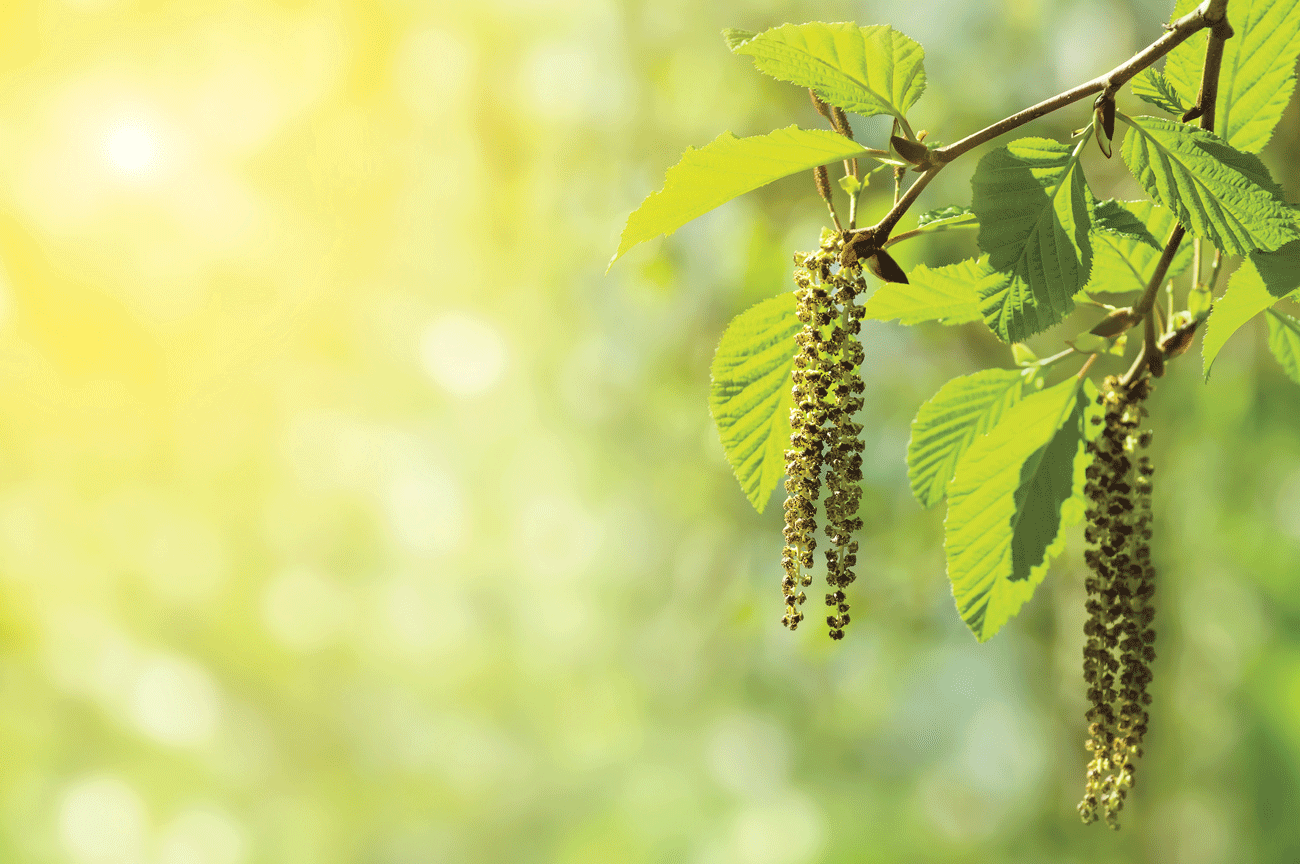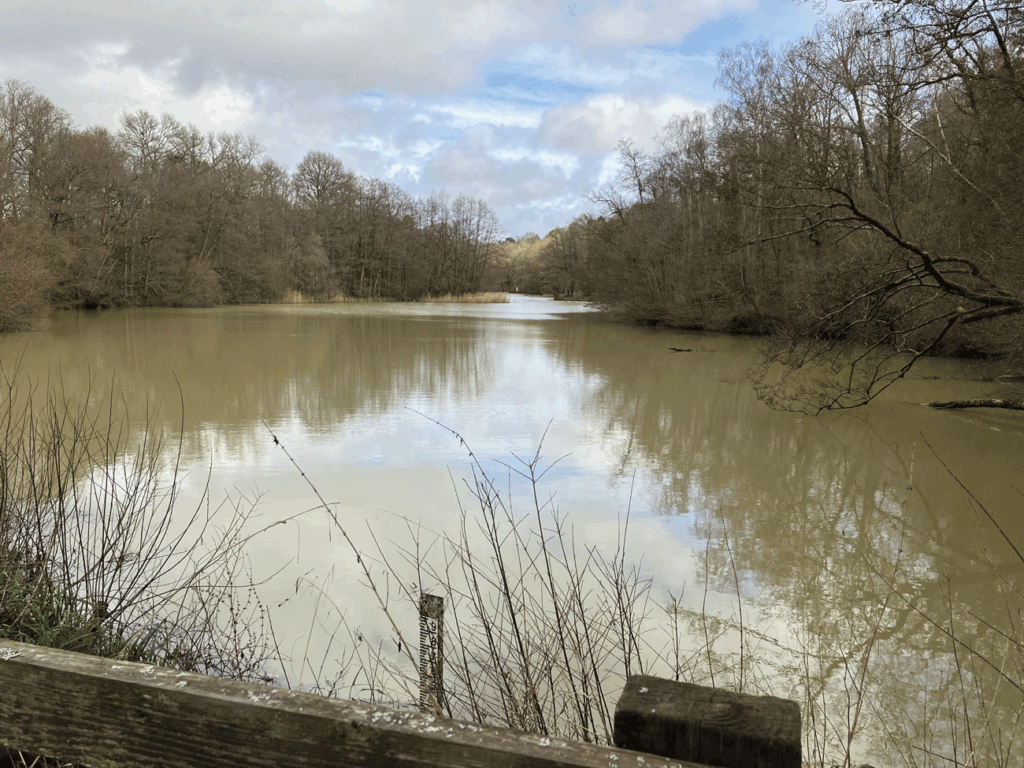
Main Image – Catkins on the branch of an Alder which can be seen around this time in Spring
Alders – alnus glutinosa – are not showy trees. Handsome enough, medium sized, with little seeds heads like cones in the autumn and catkins in the spring. The leaves are unusual in that the ends are indented, not pointed, as in most trees.
It is the special characteristics of the alder wood which make it a marvellous tree. Venice would not be the miracle ‘floating city’ without the Alder. For over 700 years the stone city has rested on Alder piles driven into the lagoon bottom. Alders have a special relationship with water – and if the timber is completely submerged, chemicals in the cell walls inhibit the bacteria which cause the rot. The early Venetian architects and engineers walled off and drained small areas one at a time and then drove about 9 alder piles per square meter into the lagoon bottom, infilling with rubble. Oak or larch planks were laid on top and the astonishingly huge stone buildings were then erected.
In addition, Alder timber makes the best charcoal, and gun powder made from Alder charcoal could fire shot and cannon balls faster and further – and contributed to Venice’s status as a maritime superpower. It was also the best charcoal for smelting iron to be made into tools and ship components for Venice’s naval fleet.

Alder was such an essential resource for the Venetians, that the forests of Alder were tightly controlled by law. Something similar happened over here with our oaks and the requirement to build our ships.
In Germany and the Netherlands, another famously watery country, Alders are often planted on reclaimed land because of the ability of these trees to become deeply rooted and then stabilize the river banks. The trees are also able to tolerate and take up contaminants from the water and soil. Given Cranleigh’s watery nature and now the widespread contamination from our sewage works into our local rivers, perhaps a programme of Alder planting could be initiated. For more about the deplorable state of our rivers, see the latest report from the Cranleigh Civic Society, email: .
The young twigs of the Alder are sticky – hence the glutinosa part of their name. Another gluey fact: the botanist William Turner reported in his Herbal publish in 1568 that
“boys would scrape the roote of bluebells and glew theyr awn arrows and bokes with that slyme that they scrape off.”
A recent test has shown that bluebell bulb scrapings, because of their starch content, make very durable glue for repairing books – as to arrows, there was no comment.
Best to leave the bluebells to do their spring magic and buy a good adhesive from a hardware shop. Wild plants should never be dug up.

Cranleigh once had many meadows, Mead Road, Park Mead and so on, are ghost names of what once was. Beryl Harvey Fields, our conservation site is now managed as a meadow and is a home to many wild flowers. Whether that was its original state, and the ‘fields’ came later with the push to increase land for agriculture, is not known. There is, though, an ingenious way to date a meadow, described by the plant biologist Ken Thompson. First, it is essential to identify a particular plant; the creeping buttercup (ranunculus repens) which does not reproduce by seed, but vegetatively. We have two other native buttercups, but they reproduce by seed and won’t do for this exercise. Because of vegetative reproduction you can be fairly certain that the creeping buttercup colonised the meadow right from the start. Its form of reproduction makes it prone to mutations and in particular to the flowers having more petals than the usual 5. If you can pick and count the petals on each flower – and for every one that has more than 5 petals you add 7 years to the age of the meadow.
So if you have 100 flowers and 14 have extra petals, 14 X 7 = 98. Your meadow will be about 100 years old. I was intrigued by this and tried to find out more by using Google. I have to report that I got nowhere. It kept directing me to a dating site run by someone called Chloe Meadows.
More and more, research is showing that afforestation is not such a reliable solution to reaching net zero. Plant rich meadows, on the other hand are the unsung heroes of carbon storage. They lock in carbon for much longer, without the risk of fire, drought, disease or flood to which trees are prone.
Find out more about our conservation meadows, and even better, help us with our work.











